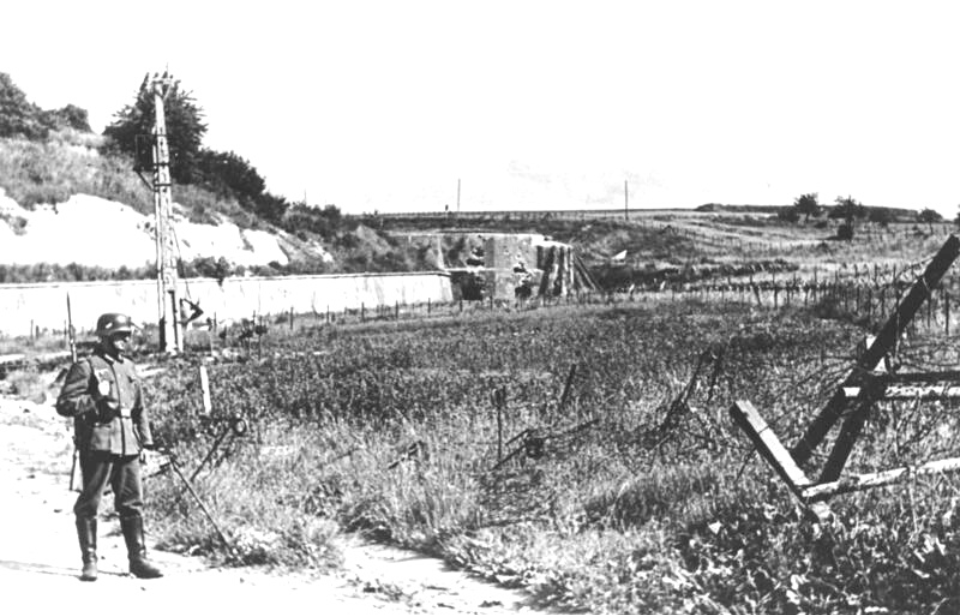Between May 10-11, 1940, Belgium’s Fort Eben-Emael was captured by a relatively small group of Germans. It was supposed to be manned by 1,200 soldiers, but when the German Army attacked, there was only around 780 there to defend it, as the conscripts making up the garrison had either finished their time or been pulled away. The Germans determined the fort’s weakness and captured the critical location, giving them passage to the Ardennes during World War II.
The strongest fortress in Europe
Fort Eben-Emael was supposed to be the strongest fortress in Europe, and was built in the 1930s to protect Belgium from being invaded from the east. Dug into the side of a hill, it was built with thick walls of steel and concrete that easily stood their ground against the artillery of the time. It was also surrounded by barbed wire, defensive canals and anti-tank ditches that made assaults from the ground nearly impossible.
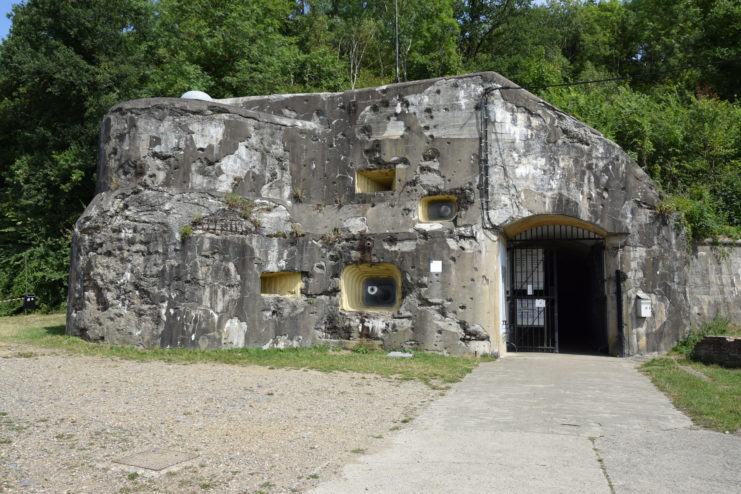
Bridges were wired for demolition, in case enemy forces were able to pass through the gunfire. The fort was also equipped with 16 gun emplacements, with additional blockhouses on the roof that sported 60 mm anti-tank cannons and machine guns, and concrete casemates equipped with triple 75 mm guns. These were paired with armed observation cupolas, from which the Belgian Army kept watch over the area.
What Fort Eben-Emael wasn’t equipped for, however, were airborne attacks. The German Army was aware of this and spent months secretly planning a siege of the fort. It was in a strategic location and, if taken, would allow Belgium to fall to the Germans. It covered the Vise Gap and was a portal to the Gembloux Gap, the latter of which would allow for entry into the central region of the country.
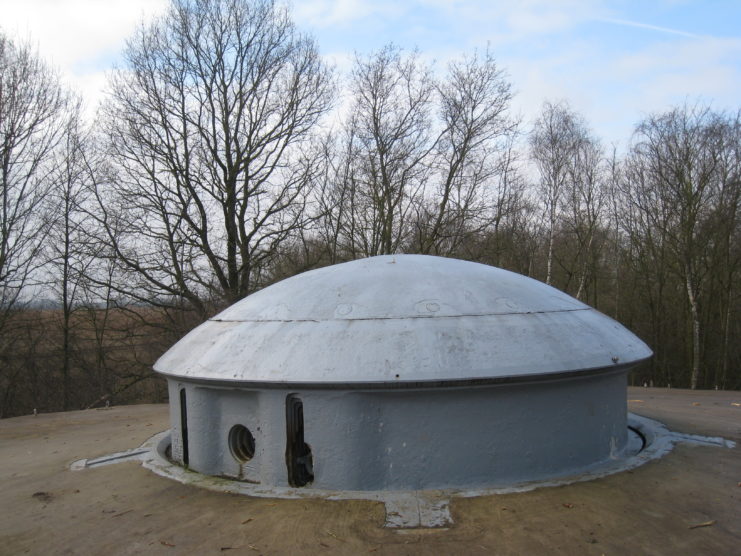
On May 10, 1940, approximately 493 German troops made their move. The plan was for three assault forces to hit the bridges, while a fourth set its sights on the fort.
Here come the gliders
Just before dawn, nine transport gliders carrying an elite unit of 87 German assault troops – codenamed Sturmgruppe Granit – silently landed on the roof. Junkers Ju 87Bs were near to provide close air support. Fort Eben-Emael’s garrison was completely surprised; they were unprepared and found themselves in the middle of a battle before they could defend themselves.
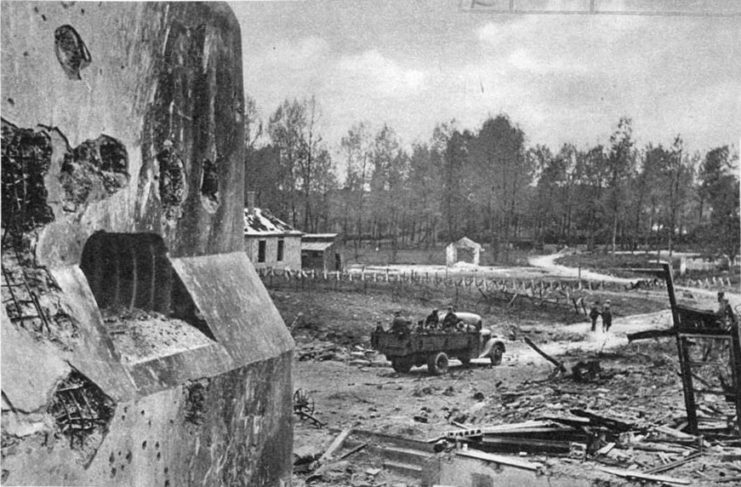
The German paratroopers quickly took out the fort’s artillery, thanks to their access to a new weapon of war: shaped charges. A shaped charge – or hollow charge – concentrates its force in one direction, using limited explosives to break a barrier. It has a concave metal hemisphere that conceals a high explosive, and when that’s detonated the metal liner is compressed and squeezed forward.
Barraging the fort, these explosives made it an easy win for the attacking Germans. Within minutes, the paratroopers had taken out numerous defensive positions, after which they neutralized the guns used to target their comrades on the ground. Once they were in position, they used the cupolas as protection against enemy fire as the siege continued.
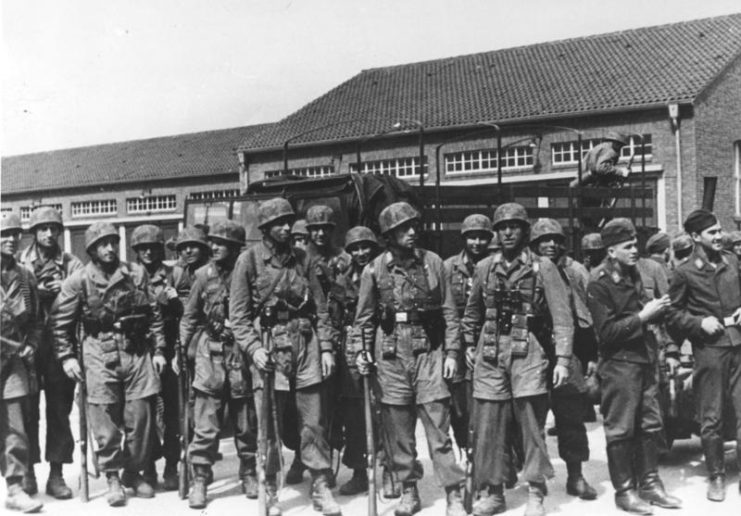
The German soldiers on the ground were able to secure two of the bridges. The third was destroyed in battle, but was in good enough condition that it could be repaired.
Cease-fire and surrender
The assault on Fort Eben-Emael had a significant psychological effect on the garrison. Having been so surprised by the attack, the Belgian soldiers were either dead, injured or had lost their morale. It wasn’t long before the defending forces issued a cease-fire, and by noon the next day had surrendered.
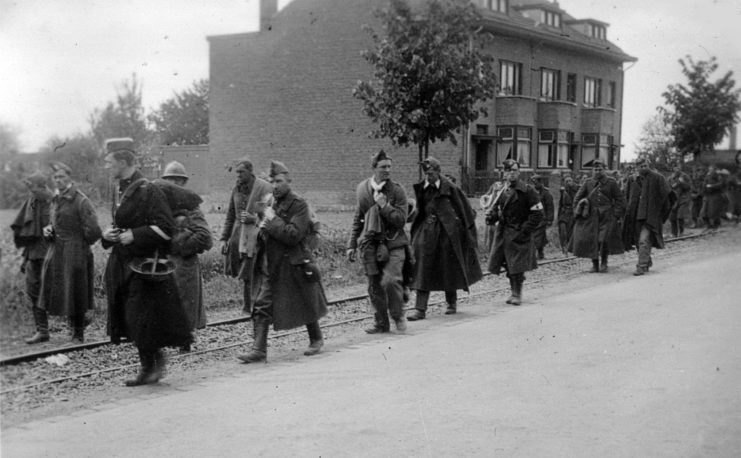
Out of the total number of German paratroopers that participated in the battle, only six died, with another 15 wounded. For their efforts, officers were presented with the Knight’s Cross of the Iron Cross, while the enlisted men received the Iron Cross 2nd Class and the NCOs, the Iron Cross 1st Class.
More from us: Paratrooper Bicycles Were Incredibly Popular And Featured A Brilliant Design
Want War History Online‘s content sent directly to your inbox? Sign up for our newsletter here!
Capturing the strongest fort in Europe had a large impact on the war. Allied forces were so shocked the defeat was accomplished in such a short amount of time that the French and British withdrew troops from the Belgian interior. This cleared the way for a German attack through the Ardennes, surrounding the Allied troops in Belgium and pushing them back to Dunkirk.
